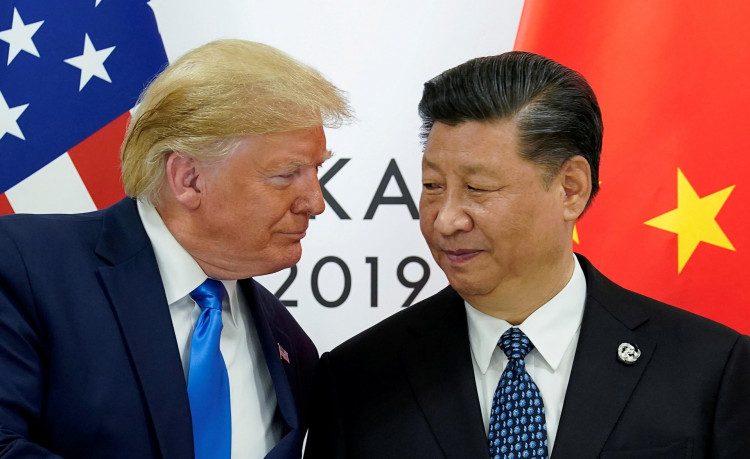Trump's trade war remains the biggest obstacle to global growth and not China's decelerating economy warns Paul Gruenwald, global chief economist at S&P Global Ratings, financial information and analytics firm based in New York City.
Gruenwald said the continuing uncertainty surrounding the trade relationship between the U.S. and China continues to stifle global growth. This growth will weaken further when the latest round of Trump's tariffs kick-in on December 15. A range of consumer goods, including electronic devices, will be hit by the new tariffs and U.S. consumers will feel the pain from high prices more acutely than before.
Trump's tariffs have led to a 25 basis points effect on growth in both the U.S. and China, said Gruenwald based on S&P Global Ratings data.
He also noted that China's labor force is currently "either flat or shrinking," meaning China's GDP per capita growth remains strong. Gruenwald emphasized Trump's trade war is inflicting more damage on global growth than the direct impacts of Trump's tariffs.
"All the uncertainty around U.S.-China (trade relationship) is putting a damper on investments. You don't know where the world's two largest economies are going and what the investment environment is going to be," he said.
The lingering uncertainty generated by the trade war is affecting investment sentiment and long-term plans for companies. This unpredictability leaves business firms uncertain about how to execute their five-year plans. Gruenwald said this is the reason why companies are cutting back on spending.
Things will get a lot worse come December 15 when Trump's new tariffs directly hit U.S. consumers.
"(The Dec. 15 round of tariffs) ... that one is going to be different because the first couple of rounds were in capital goods. So, the supplier can take a hit or somebody in the supply chain can take a hit, which pushes prices up a little bit," he said.
At a meeting among economists last September 9, Gruenwald said the trade situation is certainly worse than it was a a year ago, with most of the impact being seen in manufacturing and trade-dependent economies.
He said Germany and South Korea have seen significant slowdowns, but there hasn't been a spillover into consumption. This spillover is the main risk for the economies of the U.S. and China, as well as parts of Europe.






